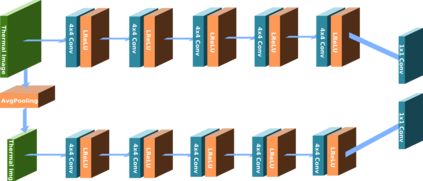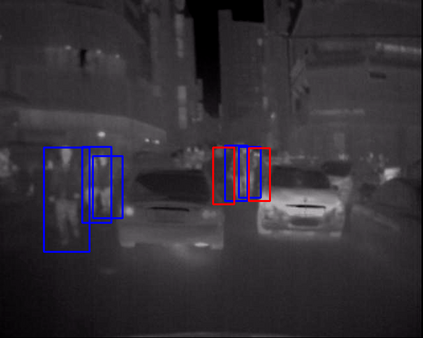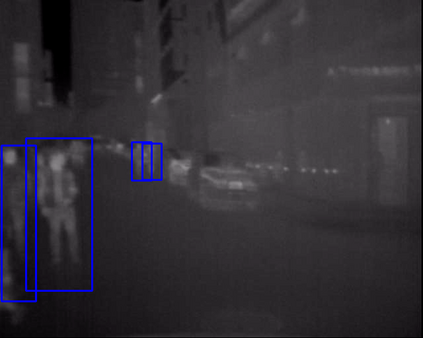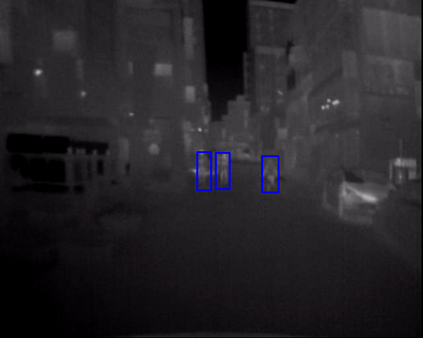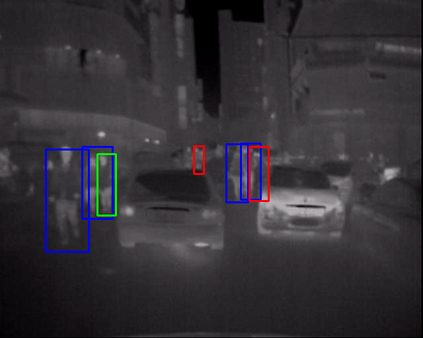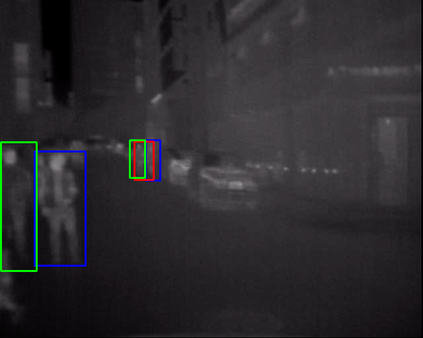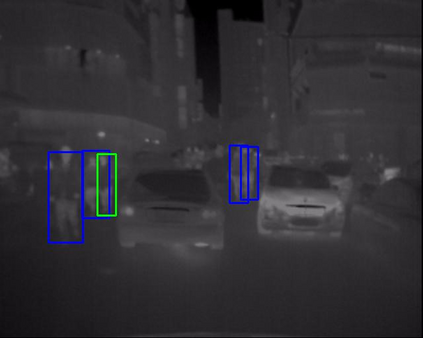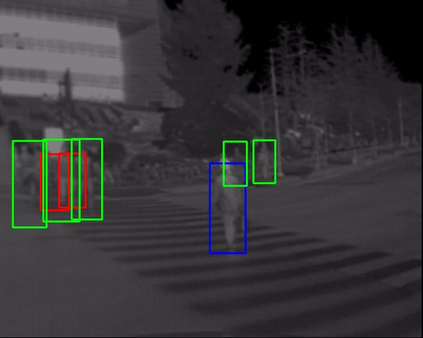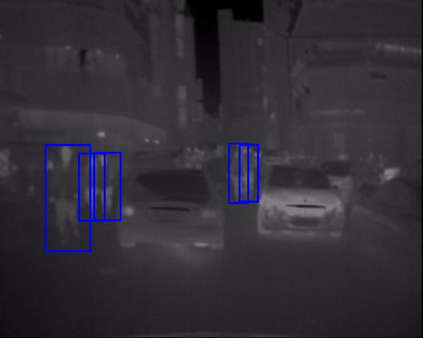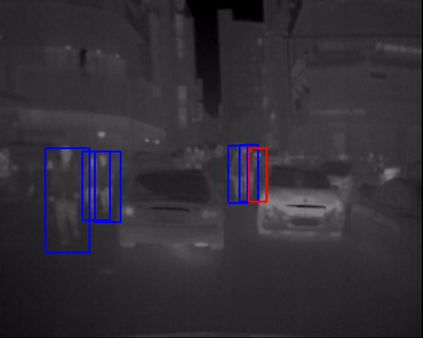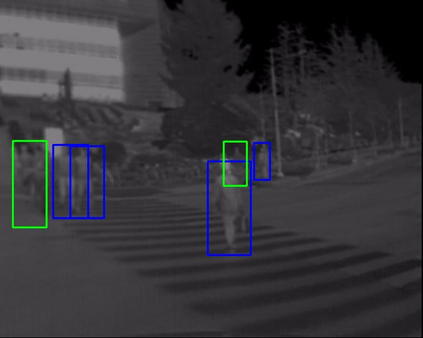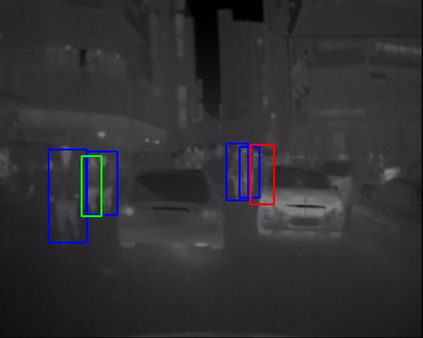In this paper we propose a method for improving pedestrian detection in the thermal domain using two stages: first, a generative data augmentation approach is used, then a domain adaptation method using generated data adapts an RGB pedestrian detector. Our model, based on the Least-Squares Generative Adversarial Network, is trained to synthesize realistic thermal versions of input RGB images which are then used to augment the limited amount of labeled thermal pedestrian images available for training. We apply our generative data augmentation strategy in order to adapt a pretrained YOLOv3 pedestrian detector to detection in the thermal-only domain. Experimental results demonstrate the effectiveness of our approach: using less than 50\% of available real thermal training data, and relying on synthesized data generated by our model in the domain adaptation phase, our detector achieves state-of-the-art results on the KAIST Multispectral Pedestrian Detection Benchmark; even if more real thermal data is available adding GAN generated images to the training data results in improved performance, thus showing that these images act as an effective form of data augmentation. To the best of our knowledge, our detector achieves the best single-modality detection results on KAIST with respect to the state-of-the-art.
翻译:在本文中,我们提出了一个在热域改进行人探测的方法,使用两个阶段:首先,使用基因数据增强方法,然后使用生成的数据进行域适应方法,对RGB行人探测器进行调适。我们的模型以最小平方生成反versarial网络为基础,经过培训,可以综合输入的 RGB 图像的现实热版本,然后用来增加数量有限的贴标签热行人图像,供培训使用。我们应用了我们的基因数据增强战略,以便使经过预先训练的YOLOv3行人探测器适应在热域探测。实验结果表明我们的方法的有效性:利用现有实际热培训数据不到50 ⁇,依靠我们模型在区域适应阶段产生的综合数据,我们的探测器在KAIST多光谱采集基准上取得最新的最新结果;即使有更多的真实的热数据将GAN生成的图像添加到培训数据结果中,提高性能,从而显示这些图像作为数据增强的有效形式。我们最了解的情况是,我们的探测器能够以最佳的单式检测状态取得最佳的单式检测结果。




